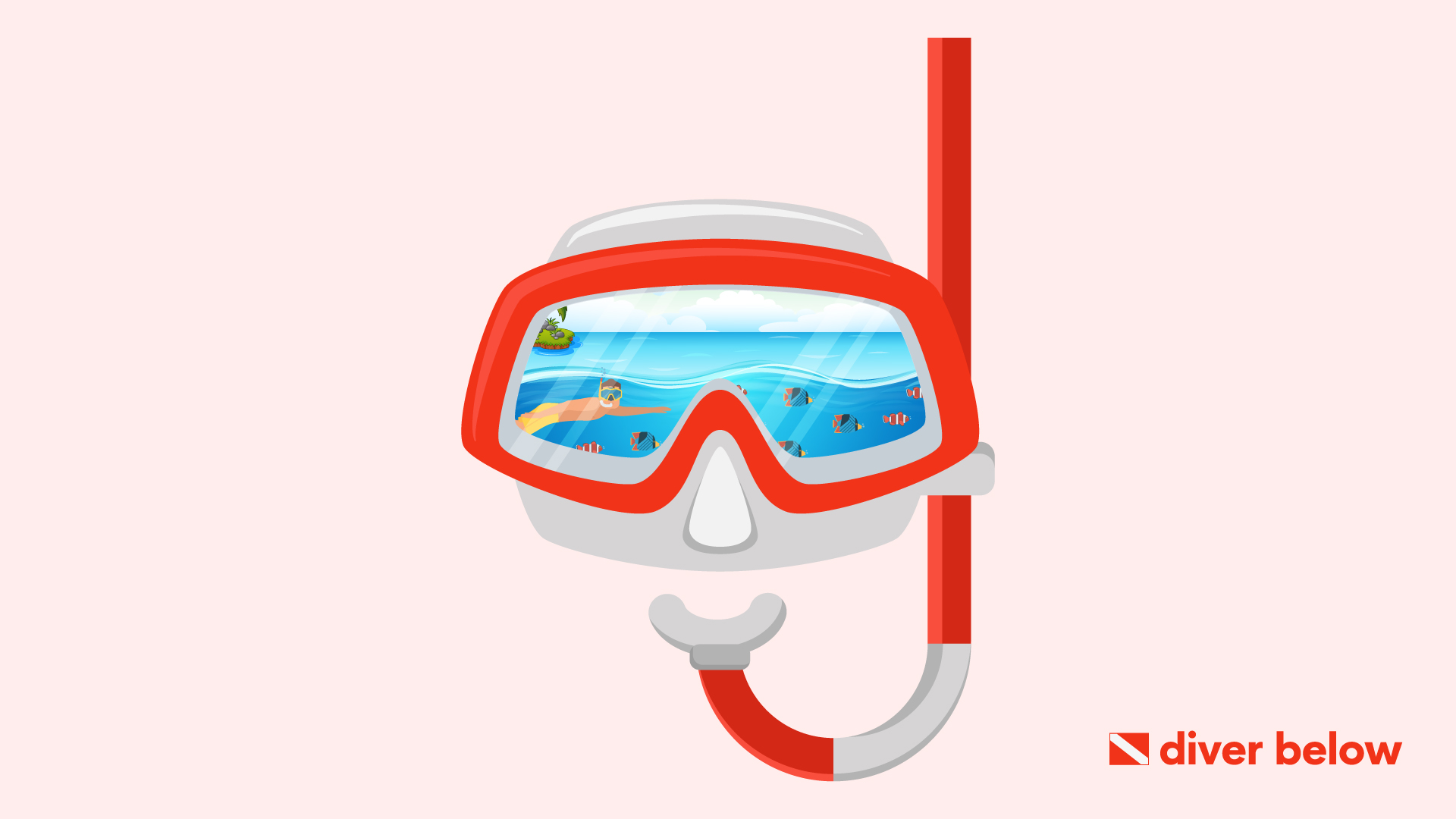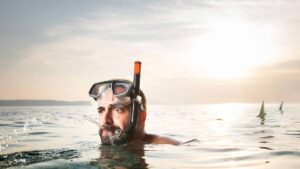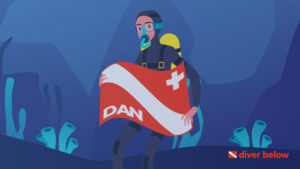Snorkeling is a fun activity that can do everything from allowing you to see interesting marine life (like sea turtles) while swimming in the ocean to improving your endurance and athleticism if you swim competitively.
The term “snorkel” refers to snorkel gear and to the activity itself.
Keep reading to understand what snorkels and snorkeling are.
Contents
What Is a Snorkel?
A snorkel is a tube with a mouthpiece that allows you to breathe with your face underwater.
Generally, you would buy a snorkel and snorkel-masks together, especially if you want to snorkel where you’ll see a lot of marine life.
If you want to swim more efficiently, a pair of swim fins goes great with snorkeling equipment as well.
Pro Tip
Buy snorkel gear together and save big. Most manufacturers sell snorkel sets that include a mask, a snorkel, and sometimes even fins – all in one set.
How Does a Snorkel Work?
Snorkels are simple devices with no moving or mechanical parts whatsoever.
How well your snorkel works depends on a couple of different factors.
How a Snorkel Works
We mentioned earlier that snorkels allow you to breathe with your face underwater.
A good snorkel comes with a silicone mouthpiece that you bite down on to create a seal between your lips and the snorkeling tube.
Modern snorkels have a plastic covering over the top of the tube to prevent water from coming in as long as the tube is above water and a seal that engages should you choose to dive.
Many snorkels also come with a mechanism known as a purge valve, so if you do happen to get water in your snorkel, you can push it out simply by exhaling long and hard.
Since a snorkel mask usually also comes with a snorkel, the mask has its own role: To help you see and keep you from accidentally inhaling water through your nose as you breathe through your mouth.
All snorkeling masks cover your eyes and nose and have silicone rims that seal them to your face.
- Half-masks don’t allow you to breathe through your nose when you’re above water, so when you wear them, whether you’re using your snorkel or not, you breathe through your mouth.
- Full-face masks come with vents that release the air you exhale and a valve to allow fresh air when you inhale.
Unlike half-face masks, you can breathe through your nose and mouth while swimming because the snorkel is actually attached to the top of the mask.
That makes it easier to breathe a little farther underwater.
Masks also have what’s called a water stop, which keeps water from getting inside your mask when your face is in the water.
Full-face masks have a special anti-leak seal.
Can Snorkels Go Underwater?
Yes, but before you dive, you should take as deep a breath as possible because once you’re underwater, you can’t breathe.
While the snorkel tube does have a little air in it, it doesn’t have anywhere near enough for you to breathe.
Can You Breathe Underwater With a Snorkel?
If you’re staying close enough to the surface of the water to keep your snorkel tube out, then yes, you can breathe underwater with a snorkel.
Unlike scuba diving, where your air supply has a limit, you can breathe indefinitely as long as you stay on the surface.
If you do take a dive (or have a big wave roll over you, submerging your snorkel), remember that when you get back up to the surface, you may have to exhale long and hard to clear your snorkel tube of water.
Types of Snorkels
There are three types of snorkels: Dry, semi-dry, and open-top.
Whether or not you have to clear your snorkel of water after a wave hits you or you take a dive depends on what kind of snorkel you have.
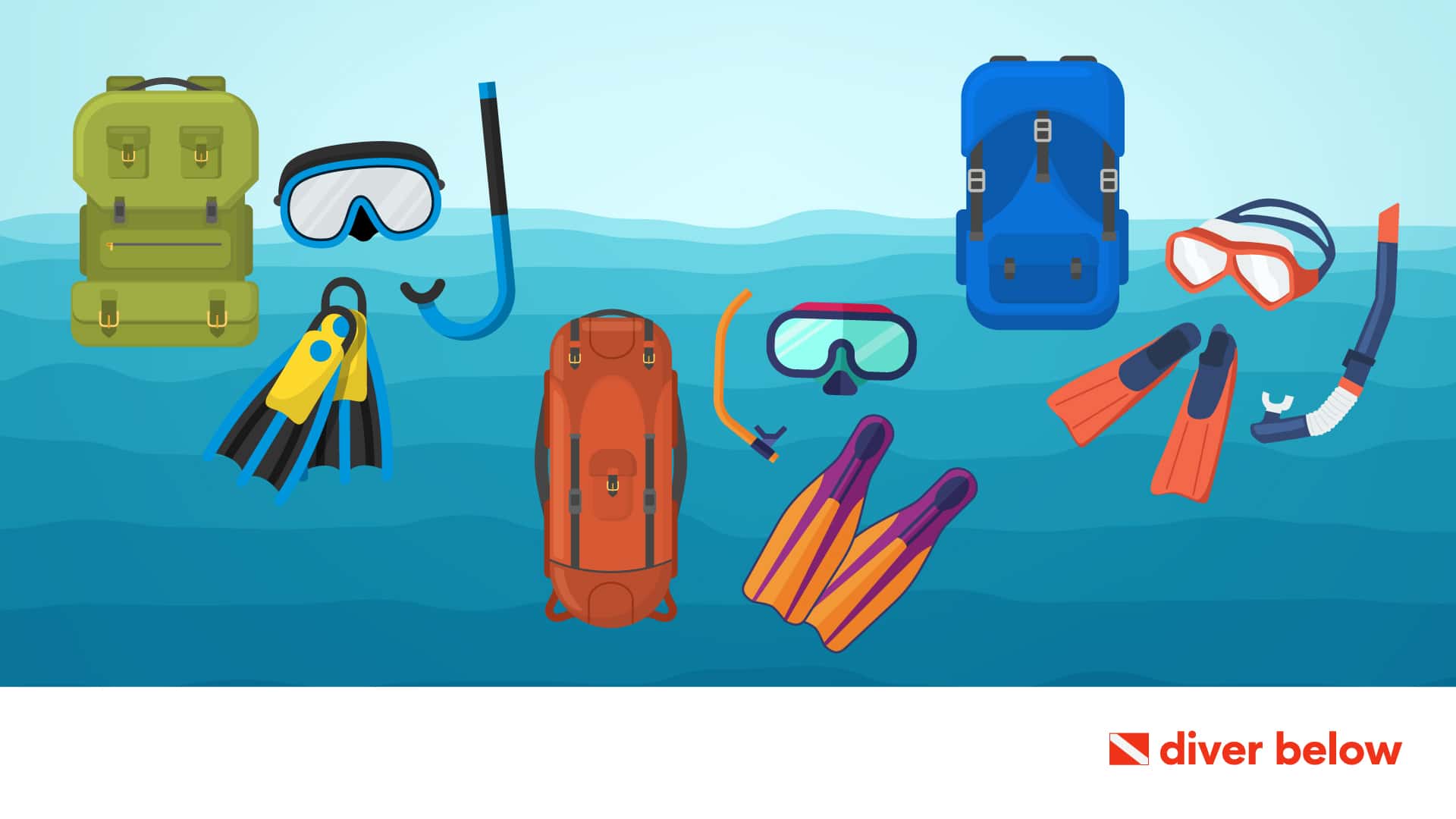
1. Dry Snorkels
The term “dry snorkel” may seem like a misnomer because you snorkel in the water.
However, dry snorkels have float valves in them that seal the tube, preventing water from ever getting in.
In other words, they’re called “dry snorkels” because they stay dry, even when completely underwater.
However, most snorkelers, particularly casual snorkelers and beginners, don’t take their tubes underwater.
Dry snorkels enhance your comfort while swimming on the surface because water can’t get in.
2. Semi-Dry Snorkels
A semi-dry snorkel is a cross between a dry snorkel and an open-top, or traditional snorkel.
Semi-dry snorkels have a splash guard on them that helps prevent water from getting into the tube.
They don’t have float valves, though, so you can’t dive with one.
The splash guard keeps most water out while you’re on the surface but won’t prevent water from flooding in if you dive.
3. Open-Top Snorkels
These snorkels are simple tubes with a silicone mouthpiece.
Most beginners will do well with open-top snorkels.
Since they create less drag in the water, beginners won’t have to use their leg muscles to kick as hard through the water.
You might think there wouldn’t be much of a difference in drag.
However, to people who don’t swim much, the difference can seem profound.
Regardless of which snorkel you choose, though, it should have a comfortable mouthpiece.
Otherwise, you’ll find snorkeling unpleasant.
Uses for Snorkels
You might think that you can only use snorkels for snorkeling, and trust us, so did we.
But we found that there are other uses for snorkels, too.
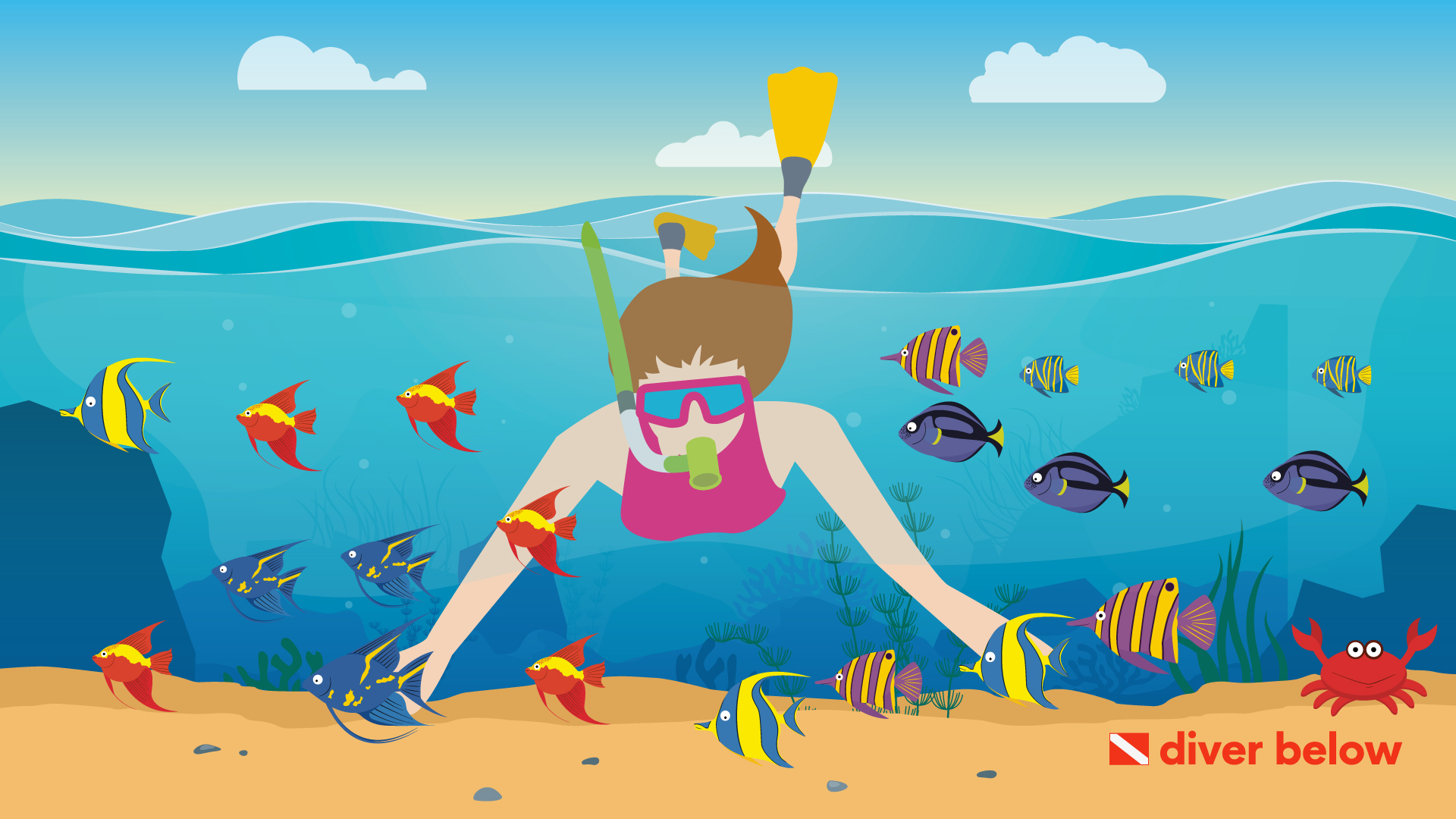
Snorkeling
Of course, snorkeling is the most common use for snorkels.
There are many places worldwide where snorkeling is popular because you can see and tour all kinds of underwater fascinations.
There are places across the globe specifically set up for snorkeling, including an entire snorkeling vacation.
Who wouldn’t want to see things like coral reefs and shallow shipwrecks?
Swimming
Many athletes use swim snorkels to help improve their form and technique simply because it’s easier to monitor and tweak what your body is doing when you don’t also have to worry about breathing.
The premise for them is to keep their heads steady while they train.
Competitive swimmers, especially triathletes, can run into problems that start with their head position and run the rest of the way down their bodies in a type of chain reaction.
They don’t use the same snorkels you use while snorkeling, though.
They use swimming snorkels instead.
Scuba Diving
Snorkeling and scuba diving are two different things.
While you can take dives with a snorkel, you lose your air intake until you’re back up to the surface, meaning you have to hold your breath.
Swimming like this is different from scuba diving, where you have oxygen tanks that supply your air so you can breathe while submerged.
Freediving
Freediving involves diving underwater, sometimes at a dive site, and staying there for as long as you can without an air supply.
Freedivers usually wear masks that are a combination of a diving mask and swim goggles, but they don’t often use snorkels because the whole point is holding your breath for as long as possible.
Are Snorkels Dangerous?
There are dangers associated with snorkels, yes.
The controversy centers around full-face snorkeling masks, which some believe have a tendency to trap carbon dioxide, leading to dizziness and even loss of consciousness.
These symptoms can lead to something that is similar to freediver blackout – a scary, yet real, fear for divers.
However, regardless of whether you’re using a full-face mask or not, if you get water in your snorkel and inhale it, you can drown.
Keep in mind that it’s difficult to tell when someone with a snorkel is in trouble, though, and that weak supervision on certain beaches can contribute to the problem.
Are Snorkels Worth It?
With all of that said, snorkels are absolutely worth it if you enjoy open-water swimming and love the idea of being able to see underwater while swimming for an extended period.
They’re also worth it if you want to work on your swimming endurance without having to worry about breathing.
Frequently Asked Questions
We’ve found the answers to some of the most commonly asked questions about snorkeling.
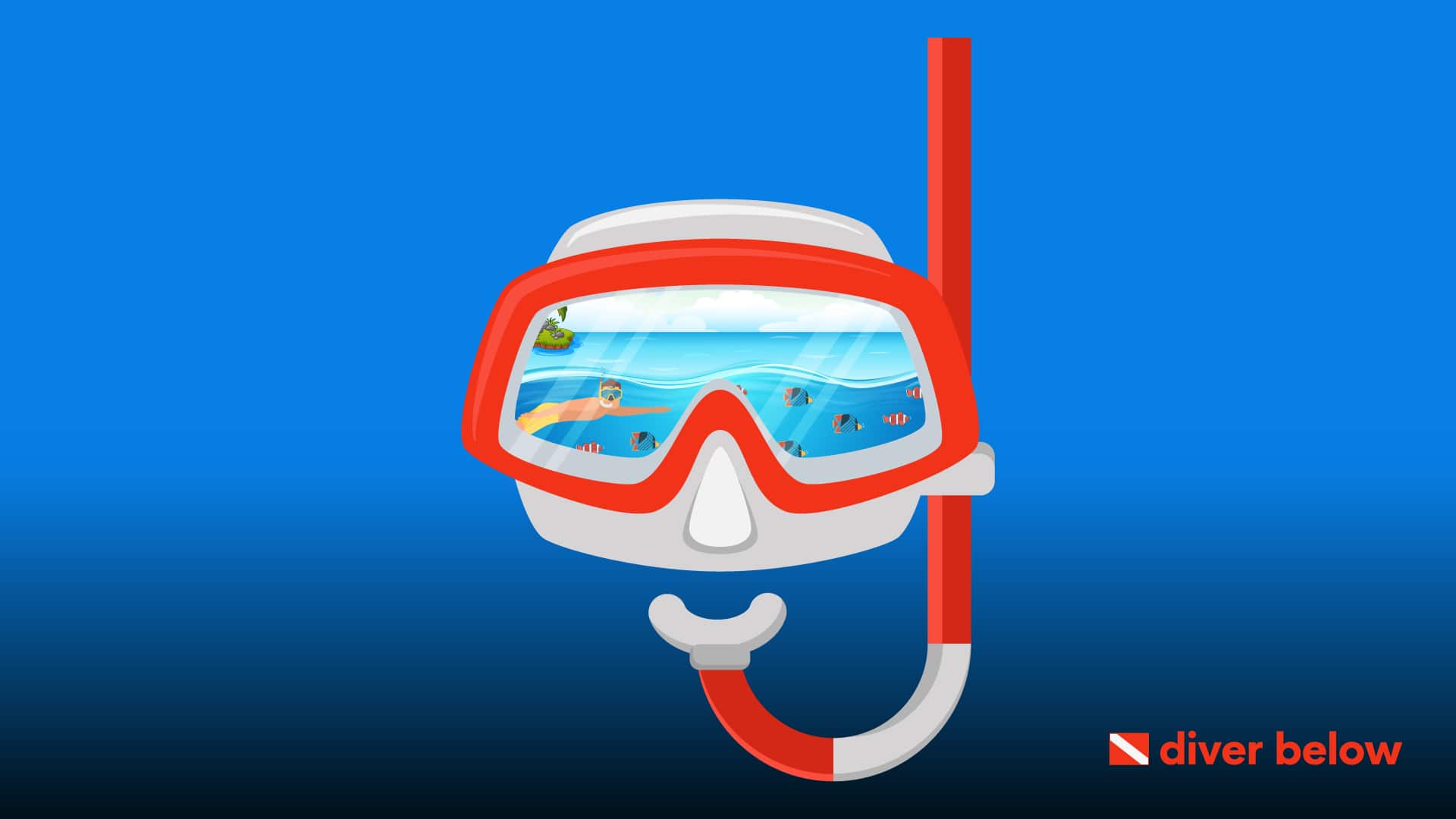
Does snorkeling affect human health?
Yes, in a good way.
Snorkeling improves breathing, cardiovascular health, overall fitness, mood and mental health, and more.
Do you need to know how to swim to snorkel?
Technically, no.
Snorkeling doesn’t require much in the way of swimming.
If you have a snorkel vest to keep you on the surface, you can just float around.
However, the ability to swim makes snorkeling easier and more fun.
Are snorkels allowed in triathlons?
Generally, no.
Many triathlons have specific rules banning snorkels.
They do make good training tools to help you prepare for your races.
Are snorkels allowed in swimming pools?
It depends. If it’s your pool, then your pool, your rules.
Some public pools have banned snorkels, though, because lifeguards can’t tell if swimmers are in trouble.
Wrapping Up
The bottom line is that snorkels are excellent for exploring things in shallow water like reefs, and they can act as tools for swim training and physical therapy.
You need very little skill to do it, and you can have a lot of fun.
